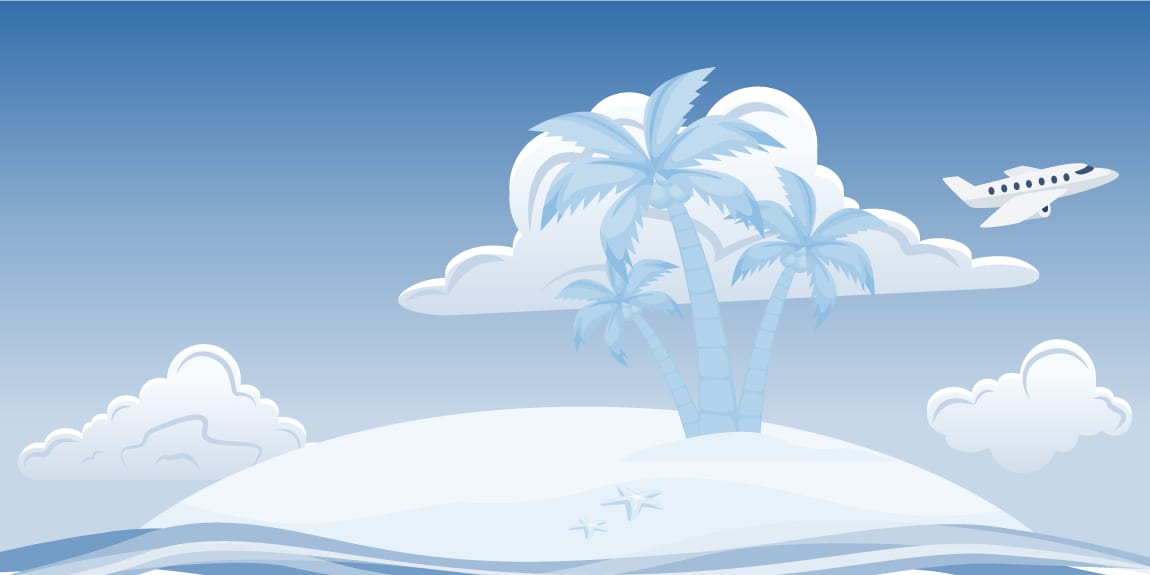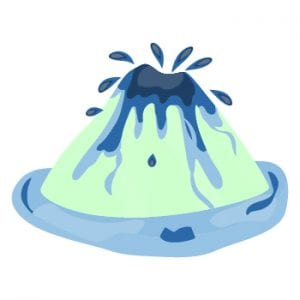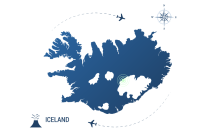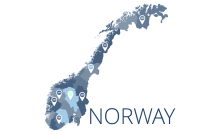Are you into Vikings? What if we tell you Vikings existed? You won’t believe it but there were people called Vikings. Of course, not those people from the series that is a fictional Saga. These actual Vikings ancient people in the area of Northern Europe called Scandinavia. The area these people covered was Denmark, Norway, Sweden, Finland, Iceland, etc. Those people were rich in culture and languages.
Let’s see what languages those people used to speak. Majorly these people use to speak two types of languages. Firstly, North Germanic languages and semi languages. Today in this article we will discuss North Germanic languages specifically old Icelandic languages. We are going to cover the linguistic aspect and history of old Icelandic languages and about people who used to speak these languages. So, let’s dive into the topic.
Origin of old Icelandic
A large portion of the first pioneers of Iceland came from Western Norway. Carrying with them the western tongue of Old Norse. Because of its geographic separation and subsequent absence of impact from other layer dialects, the improvement of the language was completely free. Notwithstanding, it is inappropriate to recommend that the language that was brought to Iceland was homogeneous. Even though the vast majority of the pioneers were from western Norway. There was a number from different pieces of the country and other Scandinavian nations.
Thusly, the language that experienced childhood in Iceland was impacted. By the entirety of the Norwegian vernaculars of the time. The nearby mixing of individuals of the island, particularly at the Alþingi. The regular gathering occurred toward the start of each mid-year at Þingvellir. Added to try and out the contrasts between the different vernaculars. Characteristics basic to all tongues were supported. While the most checked contrasts steadily vanished. Even though it isn’t realized precisely how the language was created. Current Icelandic has advanced not exactly other Scandinavian dialects.







